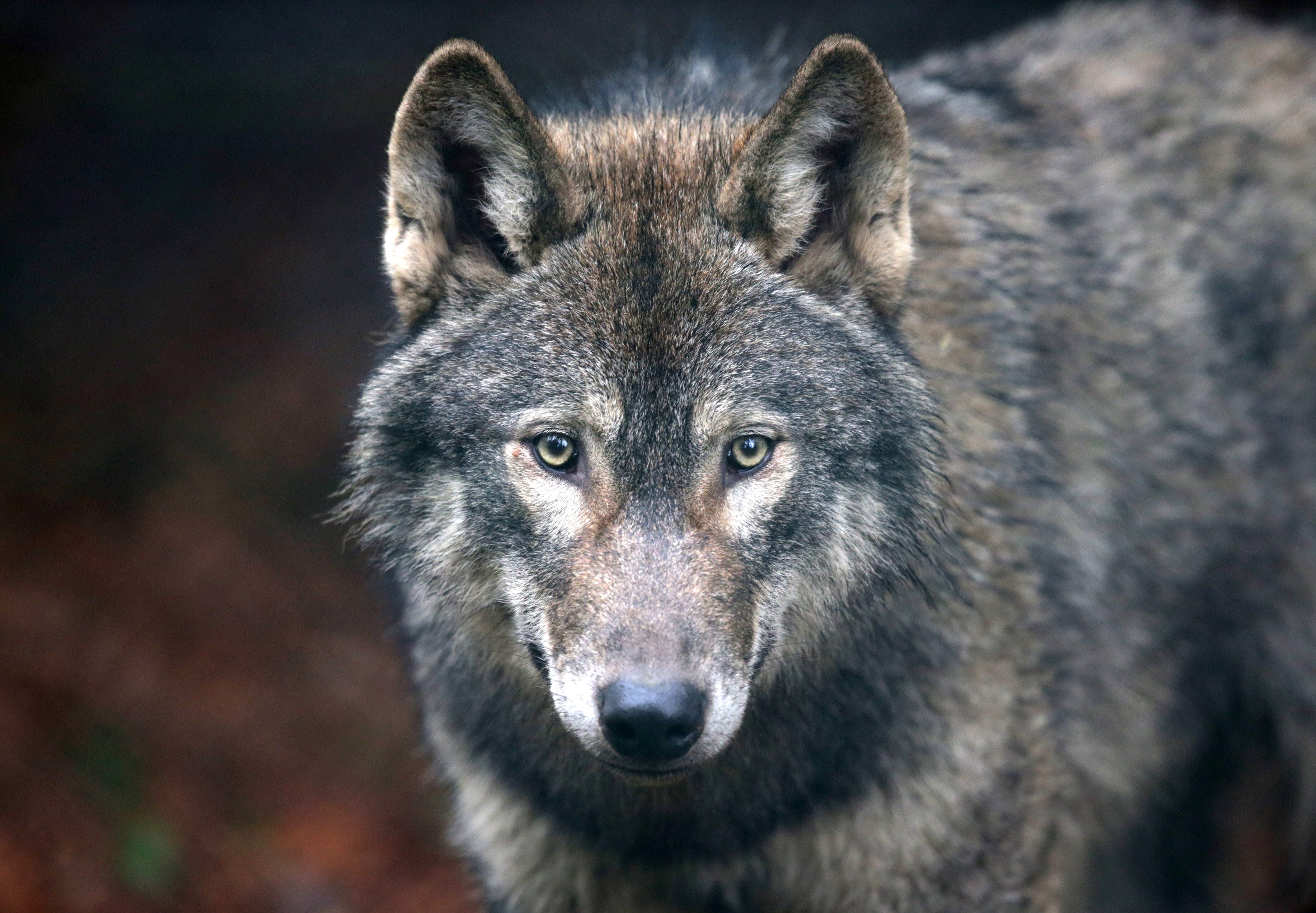Wolves are snatching away sleeping children in India. Experts say sugarcane and climate are partly to blame
Wolves have developed a ‘taste for human flesh’ and killed at least 10 children in attacks since March. Arpan Rai reports on a growing threat to villagers in northern India that had its roots in the climate crisis


Your support helps us to tell the story
From reproductive rights to climate change to Big Tech, The Independent is on the ground when the story is developing. Whether it's investigating the financials of Elon Musk's pro-Trump PAC or producing our latest documentary, 'The A Word', which shines a light on the American women fighting for reproductive rights, we know how important it is to parse out the facts from the messaging.
At such a critical moment in US history, we need reporters on the ground. Your donation allows us to keep sending journalists to speak to both sides of the story.
The Independent is trusted by Americans across the entire political spectrum. And unlike many other quality news outlets, we choose not to lock Americans out of our reporting and analysis with paywalls. We believe quality journalism should be available to everyone, paid for by those who can afford it.
Your support makes all the difference.A pack of wolves has unleashed terror among villagers in northern India as the animals emerge from tall sugarcane grasses at night and pull away children sleeping out in the open during the humid monsoon season.
At least 10 children have been killed by a single pack in Bahraich in the northern state of Uttar Pradesh, marking the latest human-animal conflict that experts say has its roots in factors including loss of habitat and the climate crisis.
Forestry officials told The Independent that a sense of nightly terror is palpable in around 100 villages where the pack has been roaming, as children are picked off and their mutilated bodies are found hours later.
More than 35 villages, mired in rural poverty, offer little to no protection for these children who sleep in doorless, thatched-roof houses in the monsoon heat of above 30C.
Stumped by the fast-escalating problem, authorities are struggling to come up with solutions. Their main advice to scared locals has been for parents to keep their children indoors, especially during the night when the pack is most likely to be out hunting.
“We first heard of a child being reported missing on 18 March, but we did not find any pugmarks. In March, we saw a couple of mysterious ‘abductions’ but it was quiet for the next three months. On 17 July, the horror repeated with another child being attacked,” Ajeet Singh, the district forest official of Bahraich, said.
“We realised that these wolves have developed a taste for human flesh and that we are in deep trouble,” he sys.
The attacks are led by a pack of six wolves, including males who are actively seen hunting and prowling through the fields, Mr Singh says. Four of the animals have been captured, while two are still being tracked.
“Thermal drones, cameras, nets and dozens of men are on foot every night and day, combing sugarcane fields, tracking the wolves and capturing them. We’re using the best available technology to take them away from the village,” he says.
The dense thickets of sugarcane in Bahraich allow wolves to rest and hide completely and makes it difficult for officials to dart them with precision. “Around 80 per cent of the fields in Bahraich are of sugarcane,” he adds.
Additionally, climate related factors such as flooding of the nearby Ghaghra River have pushed the wolves deeper inside the villages, leaving them hungry for prey, which is not easy to locate in these places, he says.
Local government official Monika Rani and forest department rangers have started patrolling the area on foot and asking villagers to sleep indoors at all costs, despite the heat.
“People should not sleep in the open, they should sleep inside their homes or on the roofs, and should be careful for a few days. The pack of wolves is attacking new villages,” she told the villagers last week when an infant was attacked.
“We have deployed a significant force against the wolves in the villages where incidents occurred or people were injured but our challenge is that the wolves are very clever and keep changing their locations,” she said on Monday, just hours before another child was killed by the pack.
Villagers are taking their own set of precautions. “We walk in groups whenever we leave the house, we avoid going anywhere alone at night because many such incidents of wolf attacks have taken place recently,” one unnamed villager told Reuters.
Akash Deep Badhawan, a senior forest official who led the search and capture of one of the bigger wolves from the pack, says he is going by the animal’s primal instinct in order to locate them. Loudspeakers, flood lights, elephant dung and urine are being used to deter the wolves from coming near villagers.
“We used elephant dung and urine to keep the pack of wolves at bay from residential areas. The burning of the dung cake would create an illusion of elephant presence in the area. They’re by nature shy animals and avoid confrontations, so we are using that to our advantage, but the sugarcane fields are very dense, interfering with the thermal readings,” he says.
This is not a common event. There are only three other documented cases where people had to take such protective measures against wolves – all three between 1997 and 1999, and all in Uttar Pradesh.
Bilal Habib, a senior scientist at the Wildlife Institute of India who has studied wolves for 24 years, says the animals are merely reacting to circumstances.
“The [long grass] cover around their houses gives an opportunity to the wolves to be as close as possible, which gives rise to these types of circumstances or events. Once a wolf realises that it’s very easy to take your children, they can become habitual after that,” Mr Habib says.
“It is not like she has decided to kill humans. No, it’s the circumstances which have come together, giving them this opportunity to exploit the young ones,” he says.
Once the wolves are captured, and only after authorities establish that they were behind the deaths, the animals should be released far away from human habitation, Mr Habib warns.
“More than 90 per cent of Indian wolves live with humans. But if the human-animal conflict rises, villages will likely poison carcasses and kill all the nearby wolves in their villages. We must prevent that from happening.”
Join our commenting forum
Join thought-provoking conversations, follow other Independent readers and see their replies
Comments